The medieval phenomena of witch trials and witch hunts loom large in our collective imaginations. A “witch hunt” is a political term for what one perceives as baseless persecution; anti-communist hearings inspired an allegorical play about the Salem witch trials.
But how much do you know about actual witch hunts? We’re willing to bet you’ve got a few things wrong.
Witch hunts weren’t actually medieval
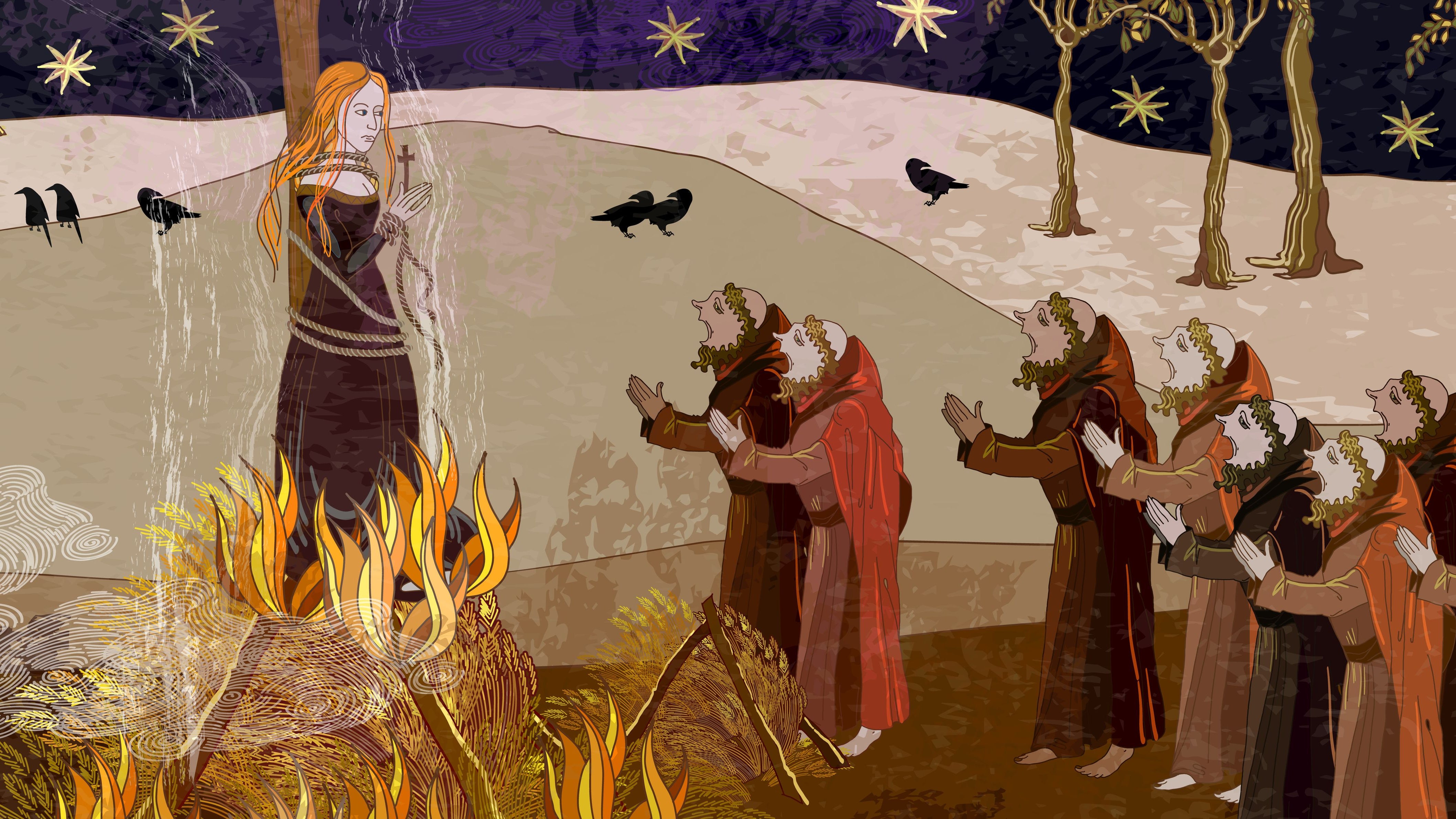
Much of what we pop culture taught us about medieval history is just plain wrong, and that includes the idea that people of the Middle Ages were constantly accusing others of witchcraft. It actually wasn’t until 1484 that the Catholic church officially gave the green light for alleged witches to be investigated and punished. The last person executed for witchcraft may have been Anna Goldi in 1782.
That means that witch trials occurred in the Early Modern period, overlapping with the Renaissance. We’re talking witches being hanged and burned in the same time period that Shakespeare was writing plays, Martin Luther was nailing theses to church doors, and artists who would one day have Ninja Turtles named for them were creating their most famous works. Fun fact: the Spanish Inquisition — we’ll get to that in a minute — was authorised by the same Ferdinand and Isabella whot bankrolled Christopher Columbus’s voyage.
Drowning wasn’t used as a test of innocence
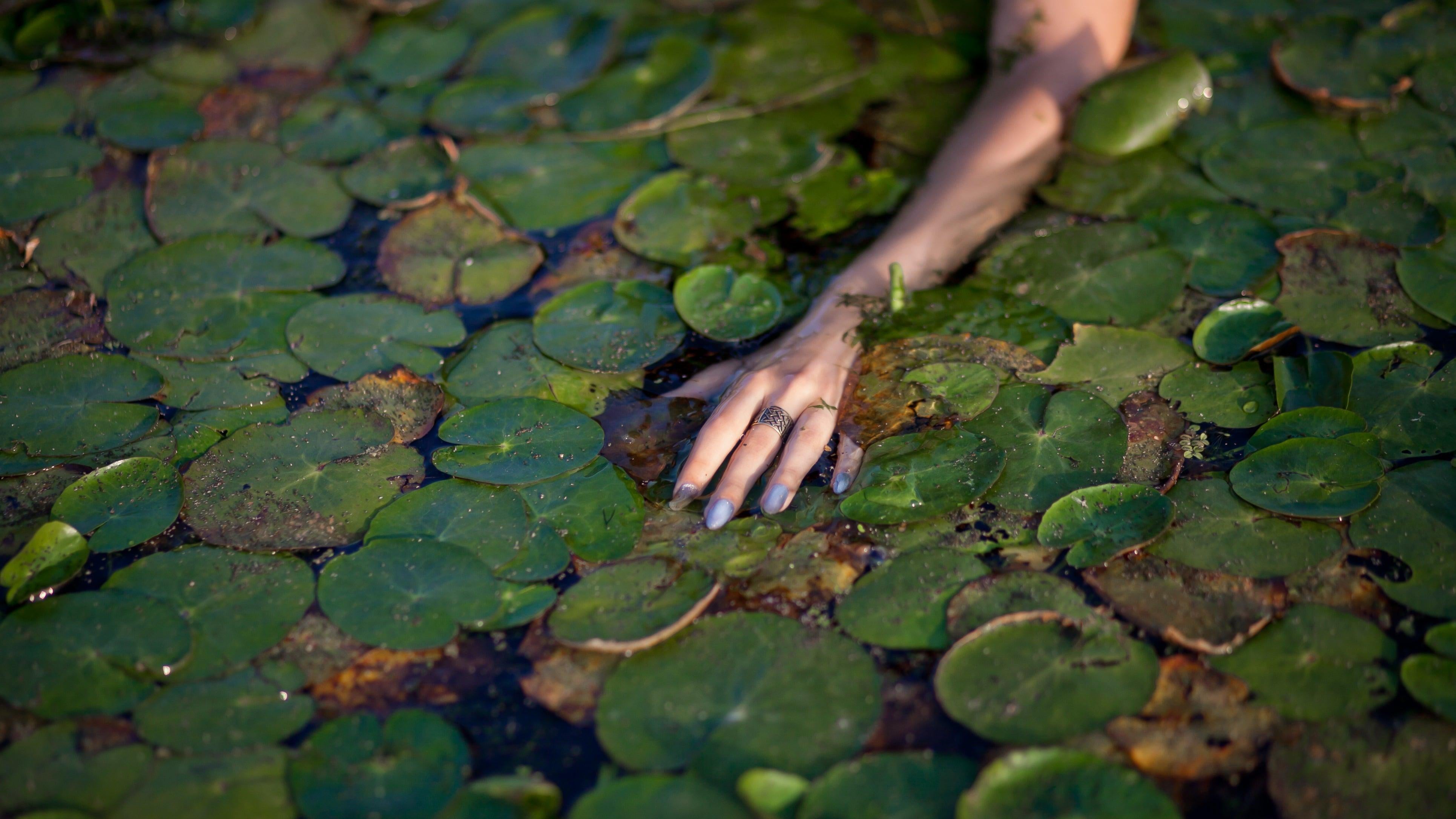
Thanks in part to the famous Monty Python scene, we have the idea that accused witches were tested with a trial by water. If you float, you’re a witch; if you sink, you’re innocent…but dead. (Sorry.)
This test actually dates back much farther than witch trials, where ordeals by water were sometimes used to determine guilt or innocence in cases of various crimes, including murder and theft. By the time of Early Modern witch trials, ordeals by water were no longer used in legal proceedings. (In England, for example, they were deemed illegal in the 1200s.) There are, however, records of vigilante groups throwing their neighbours into local bodies of water to figure out whether they should turn them in to the authorities. But drowning was not the point; the accused would be tied with a rope, and would be pulled ashore if they turned out not to float.
The Spanish Inquisitors weren’t the ones burning all the witches
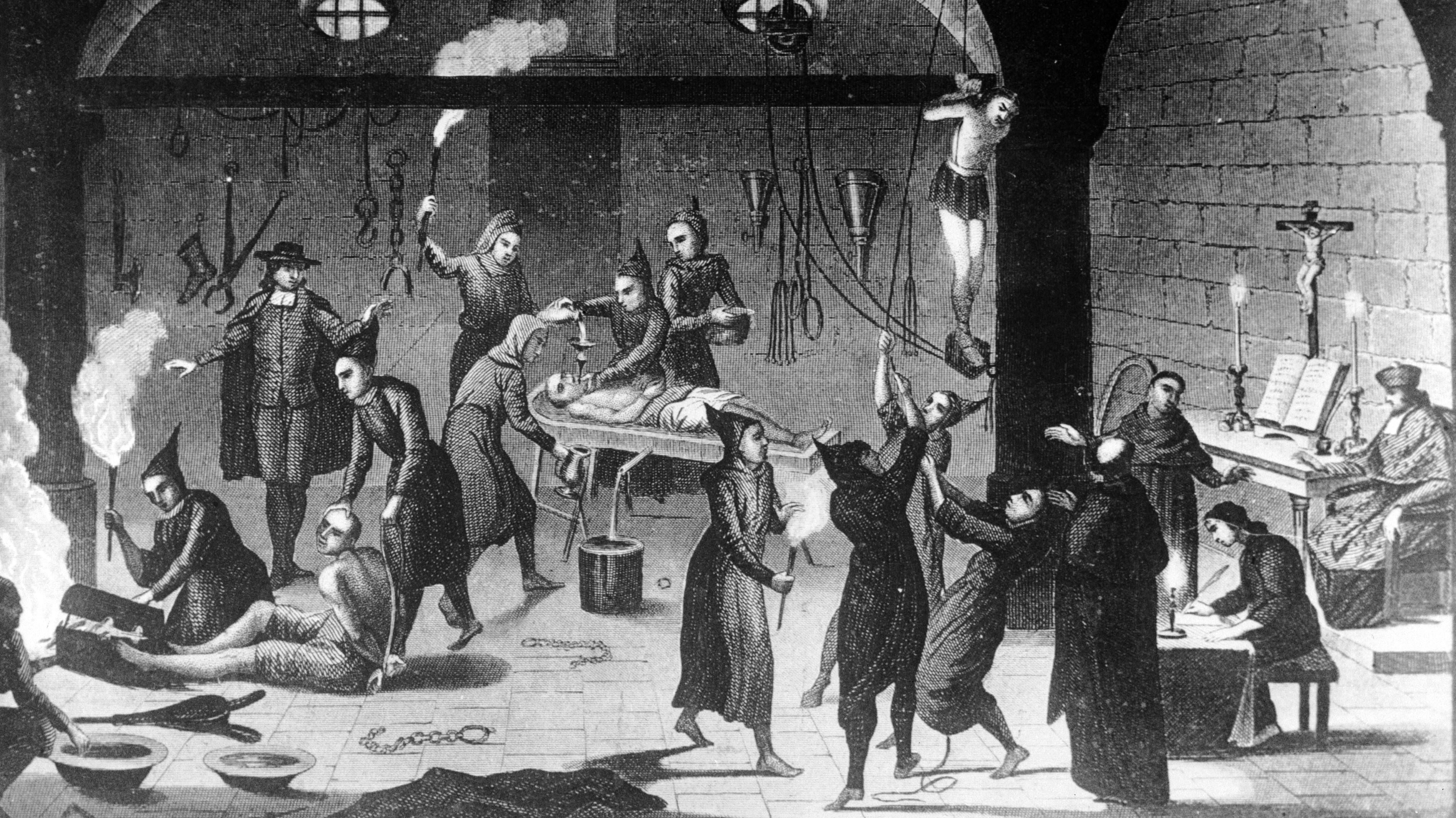
They did burn some witches, to be sure. I mean, if you’re torturing and killing people for various real and bullshit crimes, you might as well include the stray witch you come across. But technically their purview was rooting out heresy among baptized Christians.
Earlier, Jews and Muslims had been forced to either convert to Catholicism or leave Spain; now, the Inquisition was tasked with finding people who said they were Christians but were actually practicing other religions in secret. Along the way, they rounded up various others they saw as heretics and criminals, questioned and tortured them, and then announced their verdicts at public festivals/executions known as autos-da-fé (“acts of faith”).
In the Inquisition, about 7,000 people were accused of witchcraft, with only about a dozen being convicted and executed for it. If you want to find a real hotbed of witch burning, you have to look elsewhere, such as the area now known as Germany, where witchcraft trials and executions were much more popular. In one region with a population of 2,200 people, an estimated 500 were burned as witches.
Salem wasn’t the only American site of witch trials
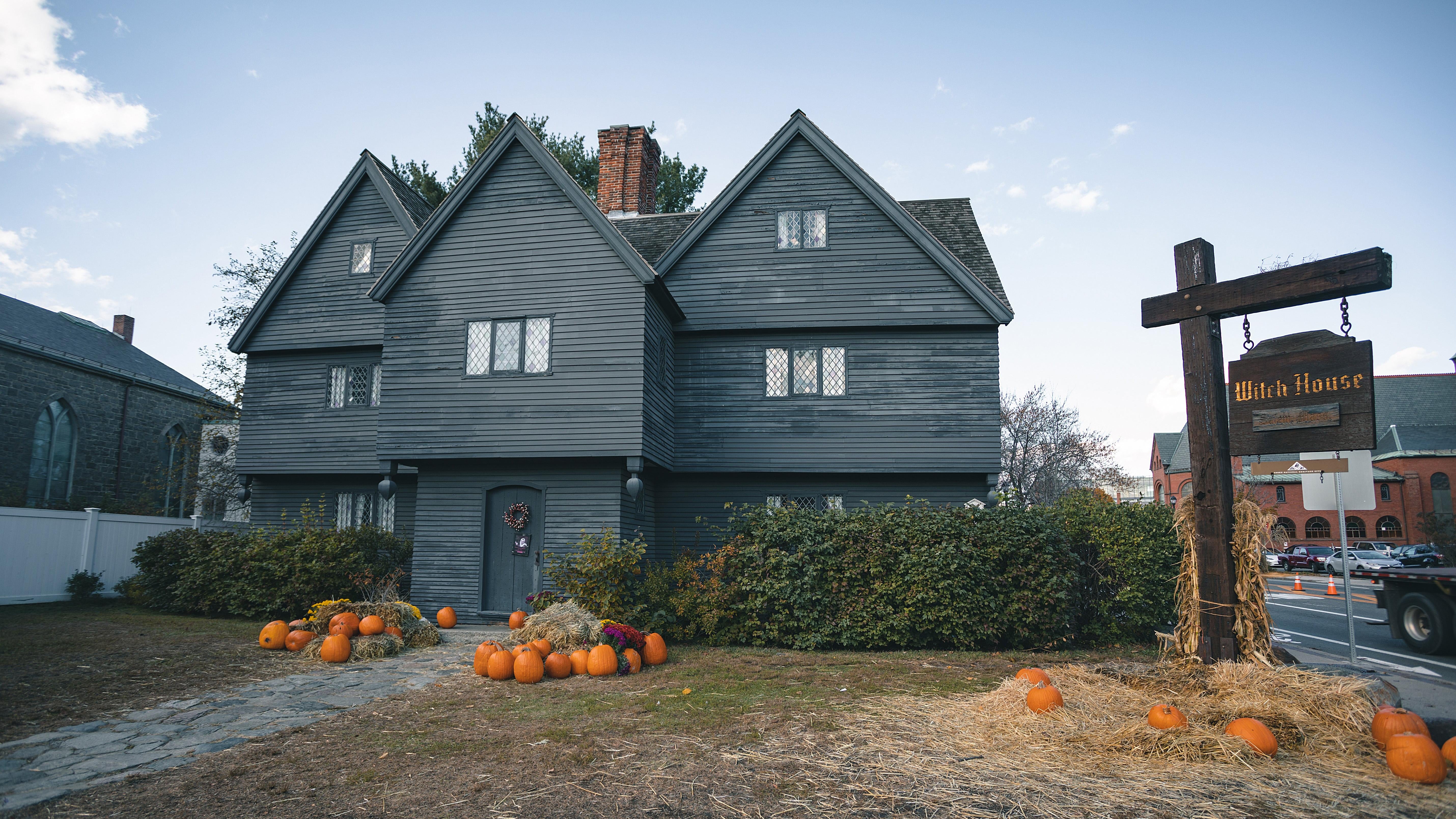
Salem’s witch trials of 1692 are the most famous in American pop culture, but they weren’t the only witch trials on what was to become U.S. soil — just the best documented.
Hartford, Connecticut hosted the continent’s first witch execution, ultimately hanging 11 people for the crime over the years. Witch trials occurred in other parts of New England as well, and there were over 20 witch trials in Virginia.
Witches’ brooms and other clichés come from a legal textbook
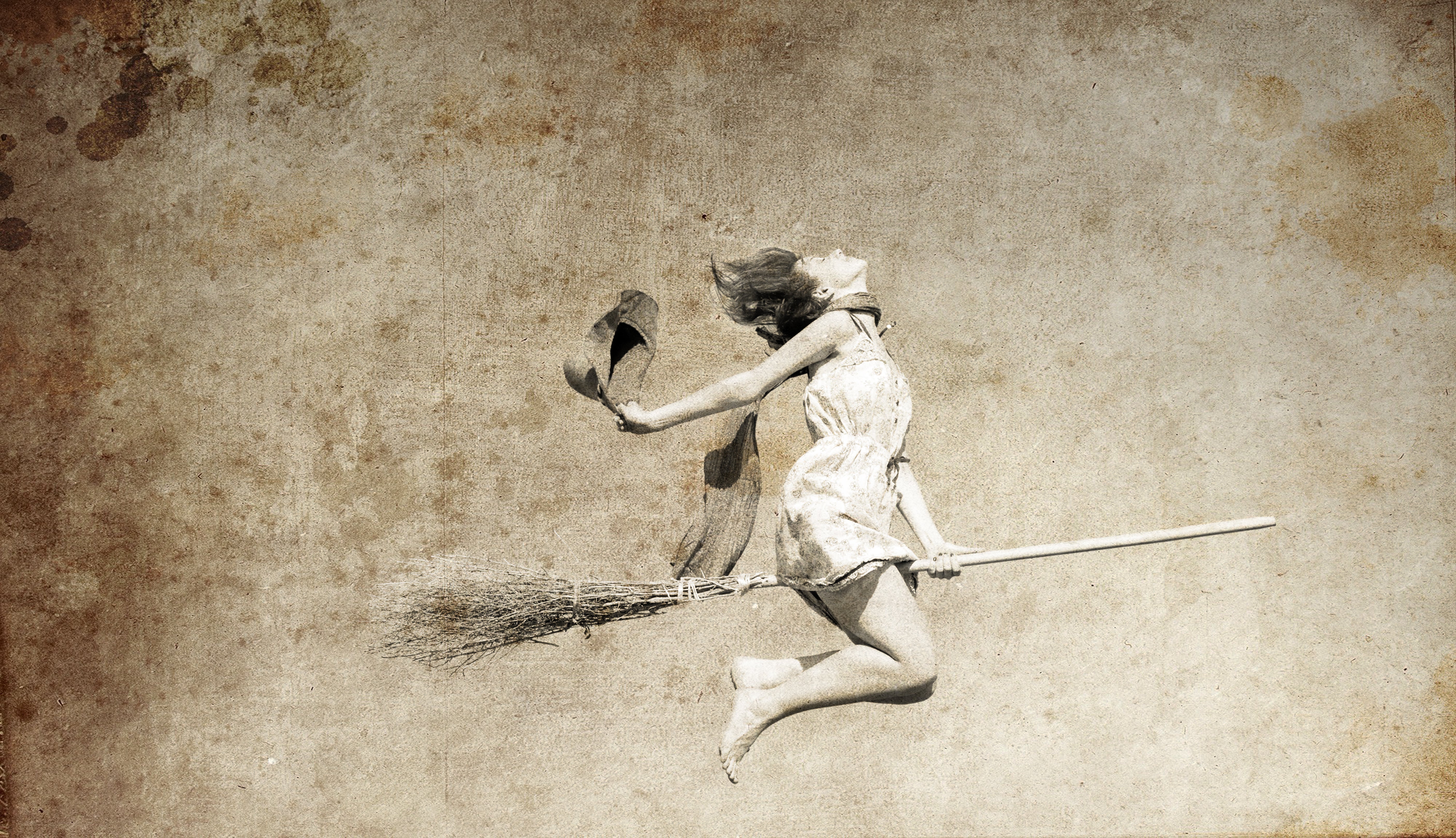
In the Middle Ages, what was considered “witchcraft” varied from place to place. There were people who claimed to be able to work magic (perhaps you could buy a curse or a healing spell, for example), and church elders might disapprove, but this kind of witchcraft wasn’t seen as a widespread or organised phenomenon.
But shortly after the Church authorised witch hunting officially, a book was published that became extremely popular among legal experts — an 1487 volume called the Malleus Maleficarum, or “Hammer of Witches.”
It promoted the idea that witches do not commit random acts of magic and demon-summoning, but enter into a pact with the Devil himself, and thus are part of an organised network of evildoers. The book details specific acts that witches supposedly engage in, including making a flying potion out of the fat of unbaptized babies, smearing it on a chair or broomstick, and then flying into the sky to have sex with the Devil.
Witch persecutions weren’t only for women

Witches were women, persecuted for sexist reasons or even “gendercide,” right? Well, it’s complicated.
Witches executed in France were about half men and half women. Scandinavian witches were more often men. In most other parts of Europe, though, women were predominantly the victims of witch hunts. One source estimates that about 80% of people executed for witchcraft were women. In Salem, 4 out of the 19 convicted witches were men.
It’s also a myth (mostly, probably) that midwives and female healers were targeted; historians say that midwives were more likely to be involved in witch hunts as expert witnesses — searching the accused’s body for the mark of the devil, for example — than to be accused of witchcraft themselves.
That said, there was definitely plenty of sexism in play. The Malleus Maleficarum spends several pages explaining that women are more likely than men to be seduced by the devil because “women are intellectually like children” and because “[a woman] is more carnal than a man, as is clear from her many carnal abominations.”
Accused witches could be found innocent

While many accused witches were certainly executed or punished despite not having engaged in witchcraft (witchcraft not being real), it was possible for the accused to be found innocent. In fact, many of the legal records we have point to a fairly low rate of convictions for witches. Take the Inquisition mentioned earlier, for example: out of 7,000 accused witches, only about a dozen were convicted. Or the fact that only 25% of English witches were convicted. Still, that’s still a lot of unjust executions, and often even those deemed innocent had to endure torture.
Burning at the stake was not particularly common
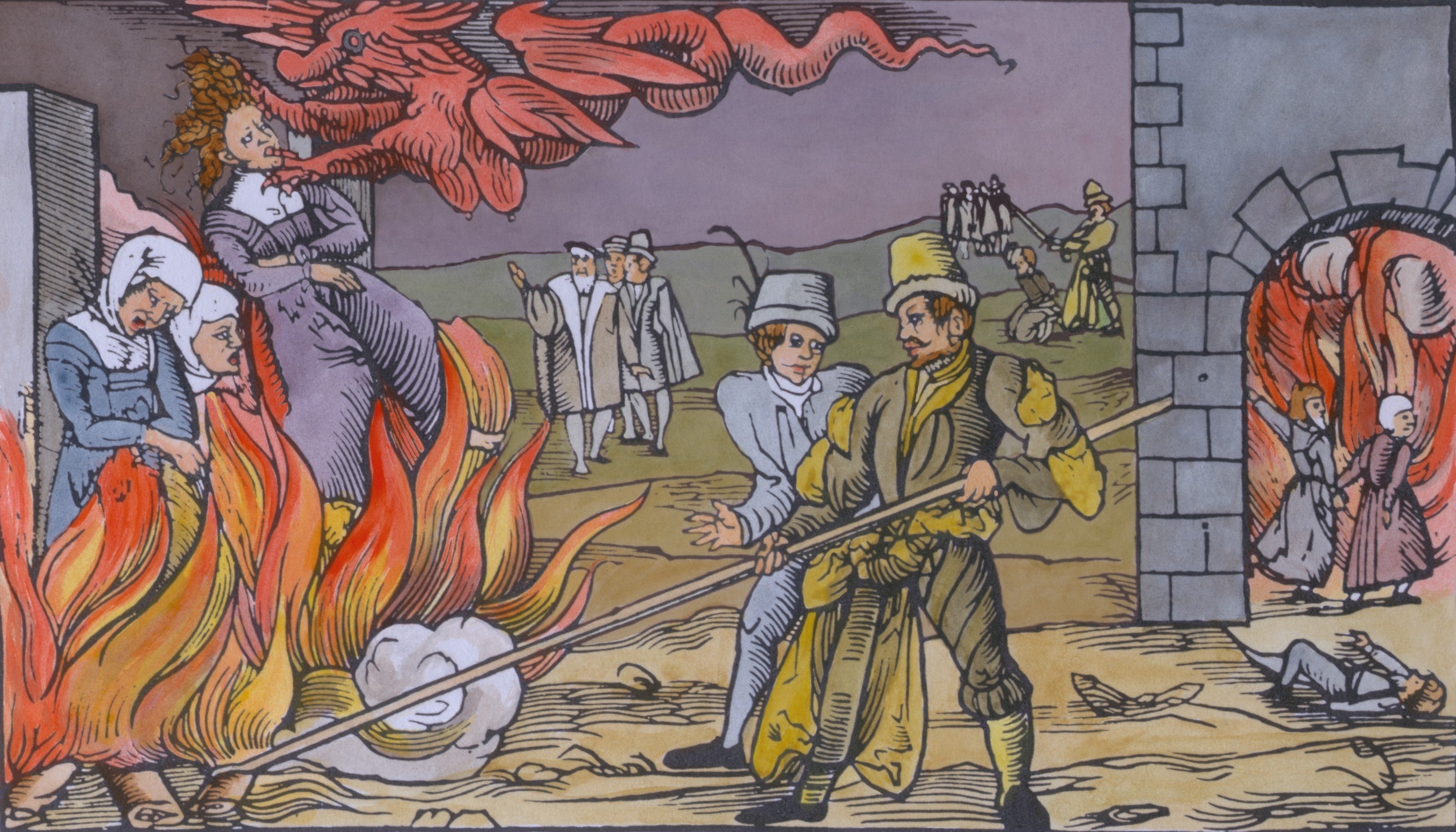
Witches were usually hanged in England, and strangled in France and Germany. (Their corpses were sometimes burned afterward.) Witches were sometimes burned alive in Spain and Italy. The witches convicted in Salem were hanged.
Wicca isn’t rooted in ancient witchcraft

People who practice the neo-pagan religion known as Wicca sometimes speak of its roots in age-old practices that just barely survived the Early Modern witch hunts. In this telling, their forms of worship were an ancient religion (often involving a Mother Goddess and a Horned God), the witches were real and benevolent, and the tenets of that religion are kept alive in Wicca today.
But all the evidence we have points to Wicca as being invented in twentieth century Britain. There is no documentation linking it to ancient religions, nor to those ancient religions existing as Wiccans describe them, nor to anything of the sort being the subject of witch trials.
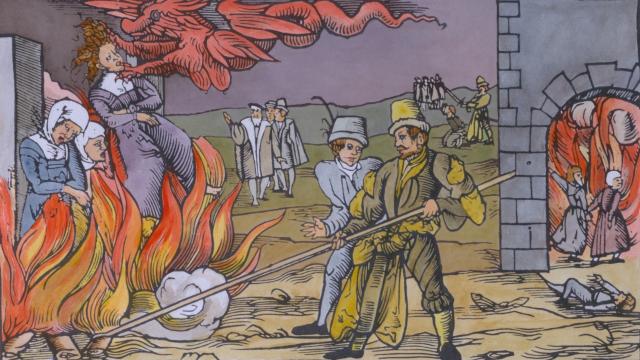
Leave a Reply
You must be logged in to post a comment.